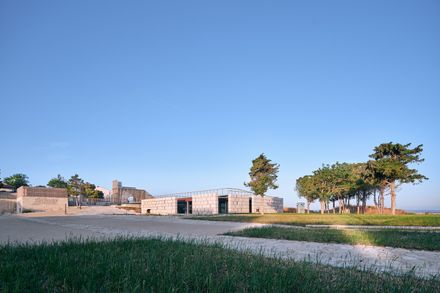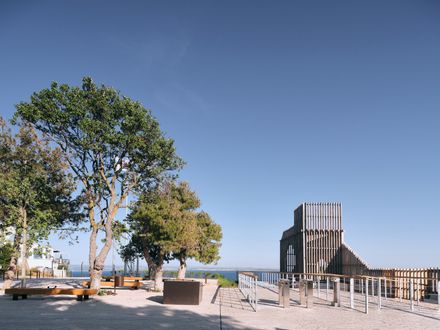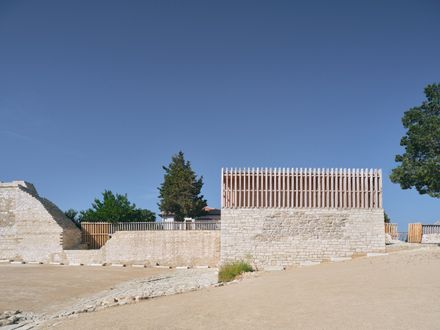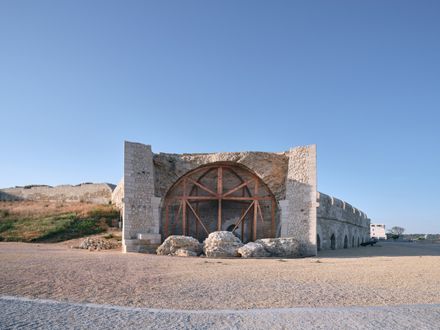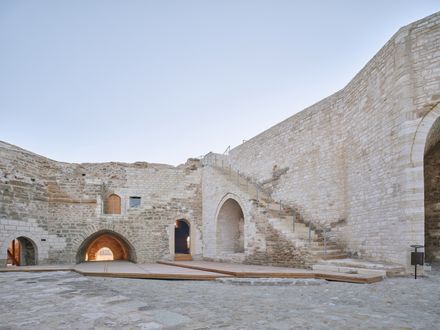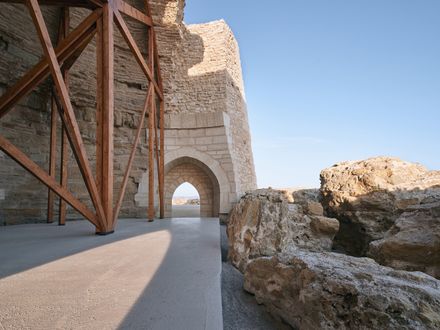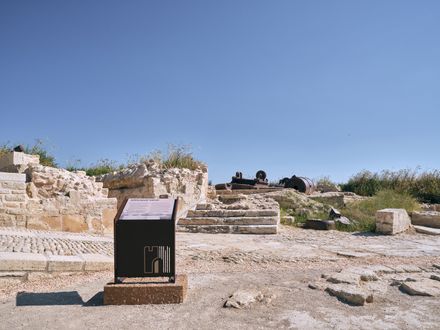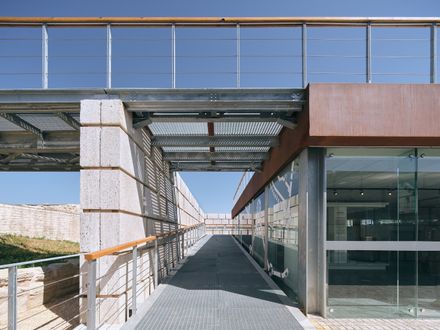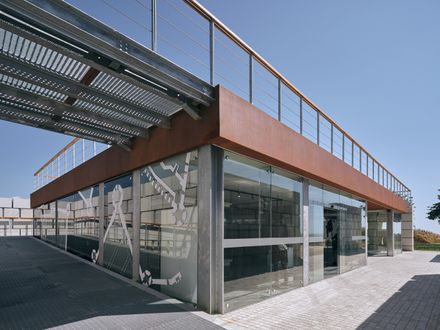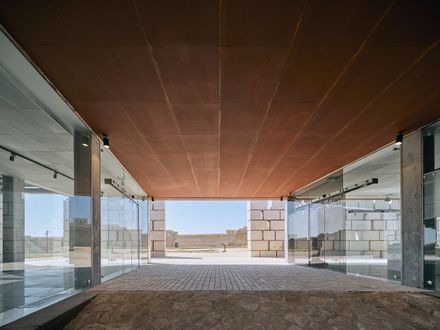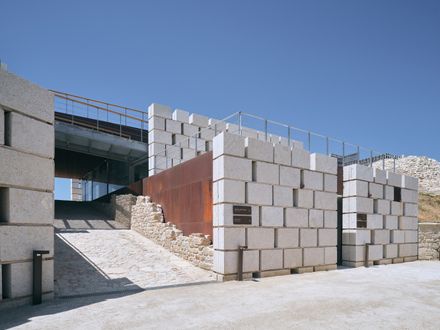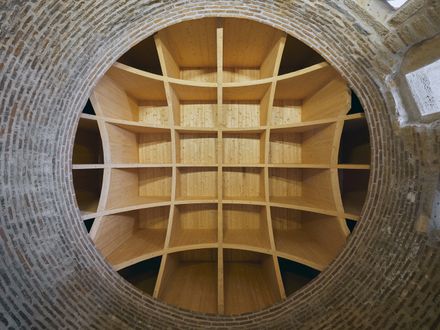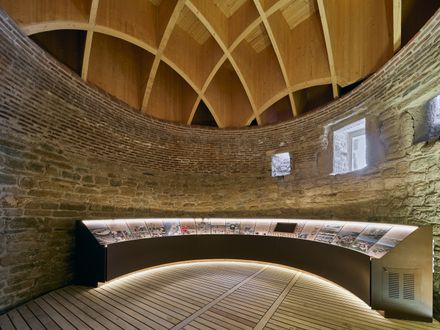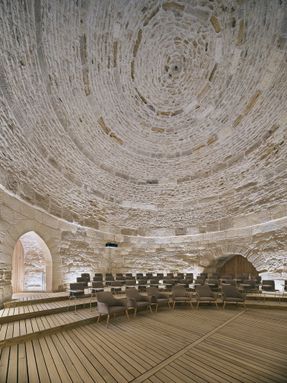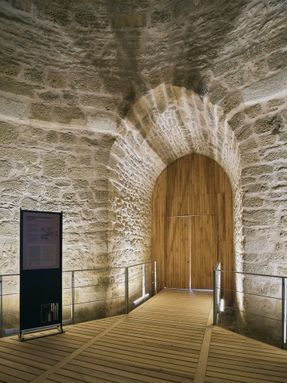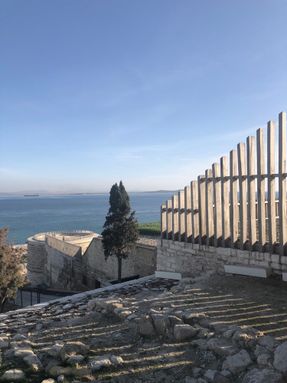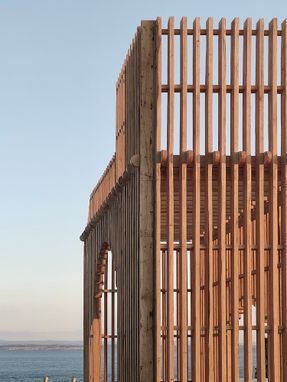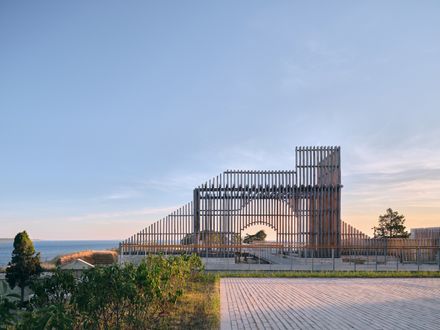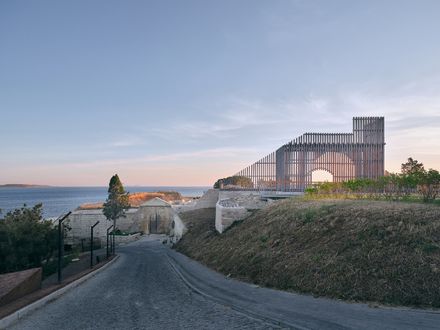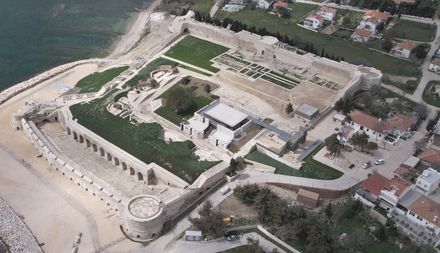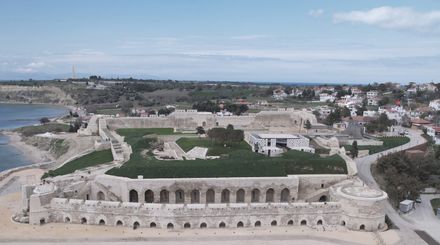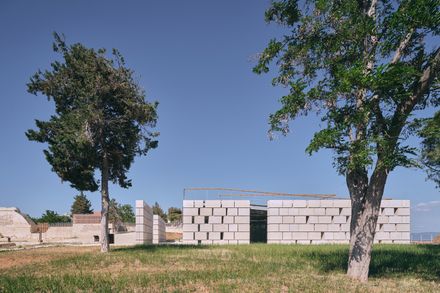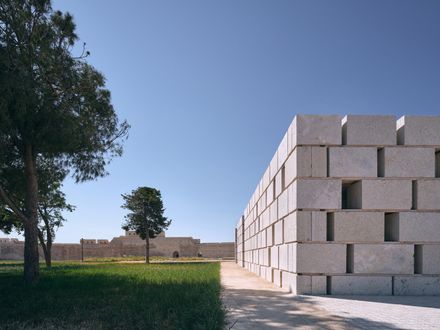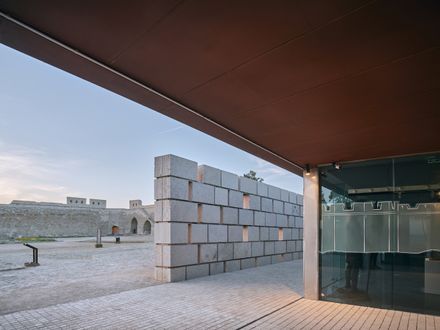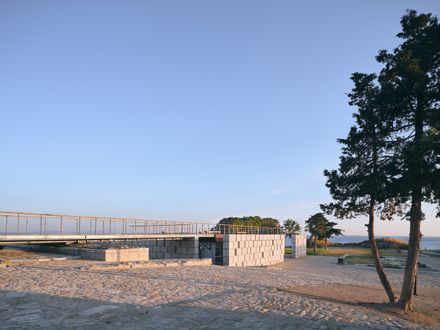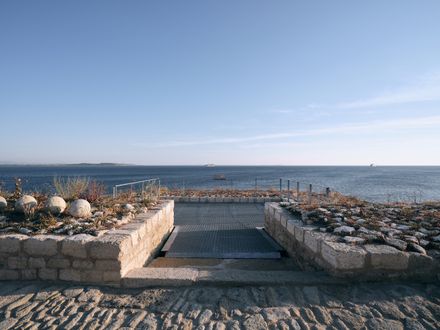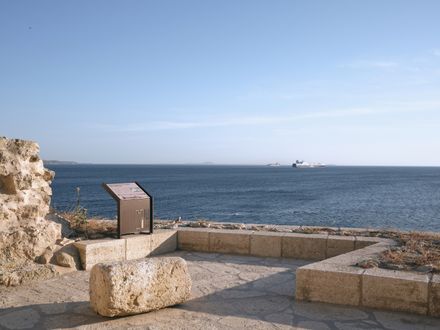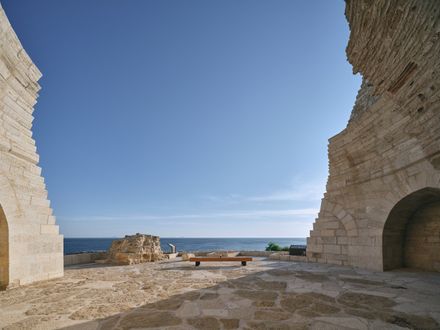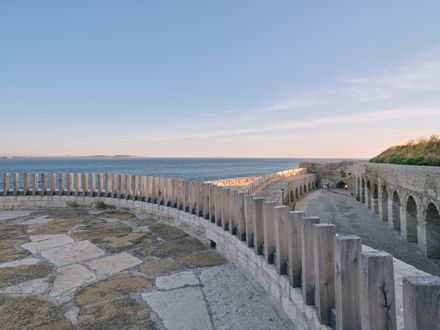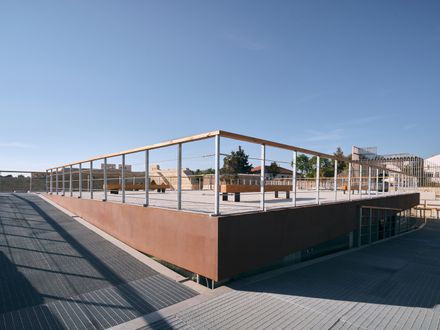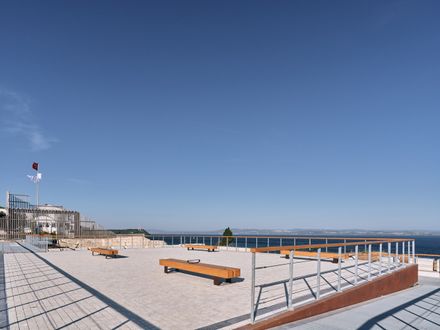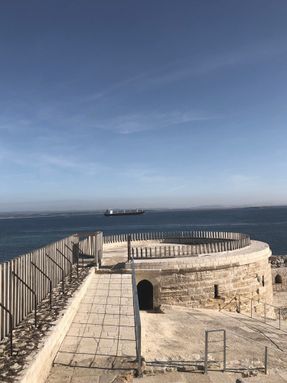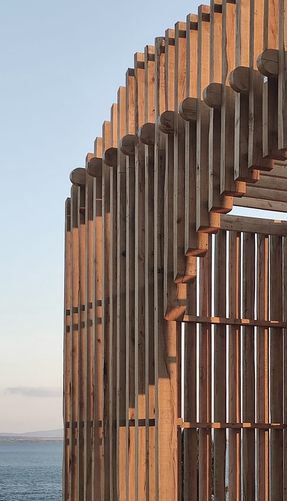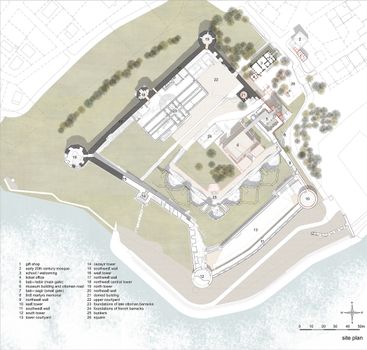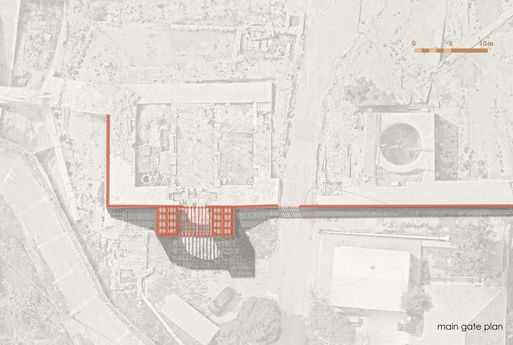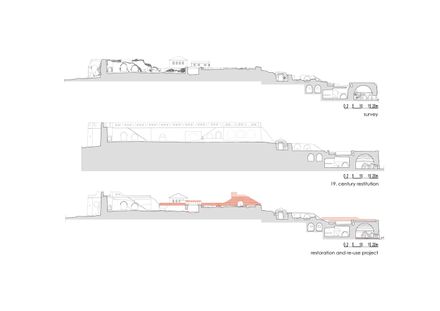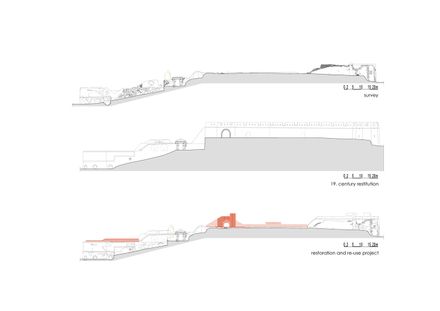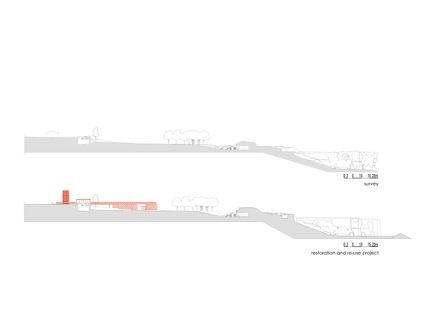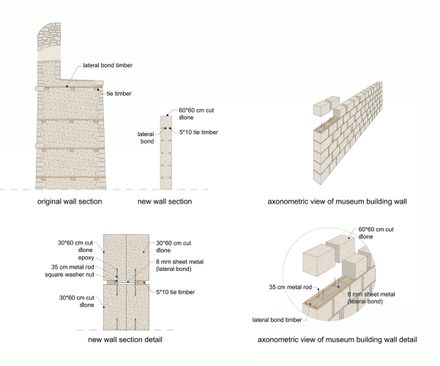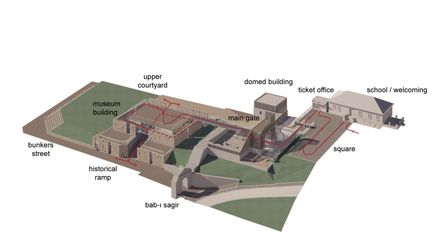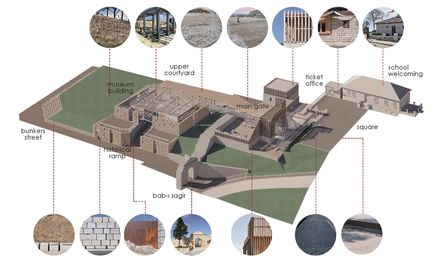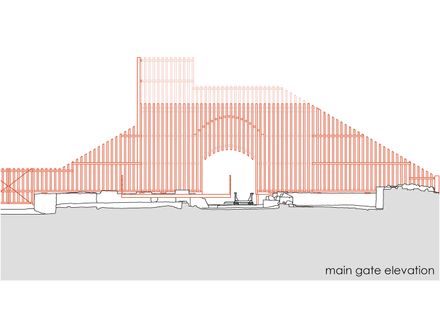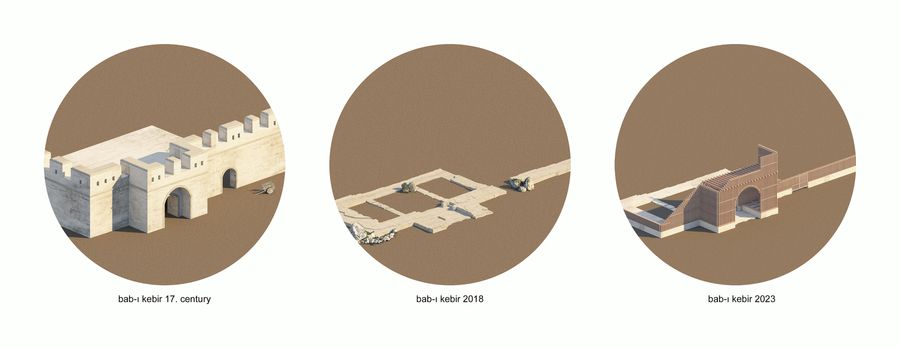Seddülbahir Fortress
ARCHITECTS
Aomtd, Koop Architects
LEAD ARCHITECT
Y. Burak Dolu / Arzu Özsavaşçi
SCIENTIFIC ADVISORY BOARD
Gülsün Tanyeli, Lucienne Thys-şenocak, Rahmi Nurhan Çelik, Haluk Sesigür
EXHIBITION DESIGN
Koruma Akademisi
LIGHTING DESIGN
Lightapp
MANUFACTURERS
Asmaz Ahşap Karkas Yapilar, Fibula Mimarlik, Karinca Reklam, Met Yapi, Temay Peyzaj, Şanlibayrak Çelik
INFRASTRUCTURE DESIGN
Infraplan Mühendislik
MAIN CONTRACTOR
Abma İnşaat Restorasyon
RE USE ARCHITECTURAL DESIGN
Y. Burak Dolu, Alexandra Koumpouli, Alper Karasu, Barancan Dağistan, Birsen Parlar Erkan, Dilara Öztürk, Elif Tuğba Gürkan, Enes Pilavci, Ezgi Bekarslan. Gamze Yeşildağ, Hazal Alicigüzel, Işil Karabulut, Koray Bayraktutan, Nurseray Sariçayir, Saleh Malek, Seçkin Maden, Selin Şentürk Eskiköy
LANDSCAPE DESIGN
Caps.office
STRUCTURAL DESIGN
Arke Mühendislik & Mimarlik
SURVEY, RESTITUTION, RESTORATION PROJECTS
Aomtd (Arzu Ozsavasci Architecture)
MECHANICAL DESIGN
Kdp Mühendislik, Mnm Can Mühendislik
ELECTRICAL DESIGN
Kdp Mühendislik, Nira Mimarlik Mühendislik
PHOTOGRAPHS
Egemen Karakaya
AREA
42000 M²
YEAR
2023
LOCATION
Gelibolu, Türkiye
CATEGORY
Restoration, Heritage, Landmarks & Monuments
Text description provided by architect.
The Seddülbahir Fortress is located at the southern entrance to the Dardanelles on the European shore of the Gallipoli Peninsula.
Initially built in the mid-17th century by Hatice Turhan Sultan, the mother of the Ottoman Sultan Mehmet IV, Seddülbahir, or "the Wall of the Sea," protected the strategic waterway that connected the Aegean Sea to Istanbul, the Ottoman Empire's capital.
Despite severe coastal erosion and numerous earthquakes, the fortress and its adjacent village survived into the early 20th century relatively intact. Both were severely bombarded by the Allied Forces in WWI, during the Gallipoli campaign.
While many of the masonry towers and walls, and most of its interior structures, were severely damaged, the fortress continued to be used as a Turkish military outpost until 1997, when the documentation, restoration, and re-use process of Seddülbahir began.
A multi-disciplinary team of architects, engineers, architectural historians, archivists, oral historians, restoration specialists, museologists, and landscape designers conducted extensive archival, archeological, conservation, restoration.
And geodesic research, in collaboration with universities and different government ministries, working for 25 years to open Seddülbahir Fortress to the public on March 18, 2023.
Today, the Gallipoli peninsula is a national park and a peaceful landscape of manicured cemeteries and pristine commemorative monuments to honor the WWI dead from many countries.
There is little left on the peninsula that recalls the violent destruction of the battles fought there.
A guiding concept in the restoration process at the Seddülbahir Fortress was to preserve the memory of the destruction of WWI and create a space to reflect on peace.
Several elements of the fortress, such as the West and South Towers, are preserved as ruins and serve as "lieux de mémoire" of the toll that war has on buildings and their landscapes.
The Main Gate of Seddülbahir Fortress, and other demolished sections of the fortress, such as the Domed Building, with their silhouettes of light timber, suggest-- but do not declare-- what these sections of the fortress may have looked like originally.
The slatted wood frame of the Main Gate allows sunlight and air, essential elements of life, to permeate the entrance to the fortress.
This gate and the Domed Building emphasize the importance of reversibility in any restorative intervention.
Contemporary wood elements in the fortress are used sparingly, echoing the construction techniques used by the Ottomans.
A new museum building replaced abandoned concrete barracks from the 1960s and exhibits archaeological finds from the site, including an Ottoman-era road which divides the museum building itself.
Here, the new masonry blocks resonate with the original masonry of the Ottoman walls, lowering the visual impact of this new structure.
The Seddülbahir Fortress is a vibrant place. The architecture invites all to reflect upon the history of past destruction and war, and to cherish peace.
With its unique entrance complex, museum, an artists' workshop, and redesigned village square, all serving visitors and the local community, the fortress looks to a future in which war is now a distant, but important memory.

